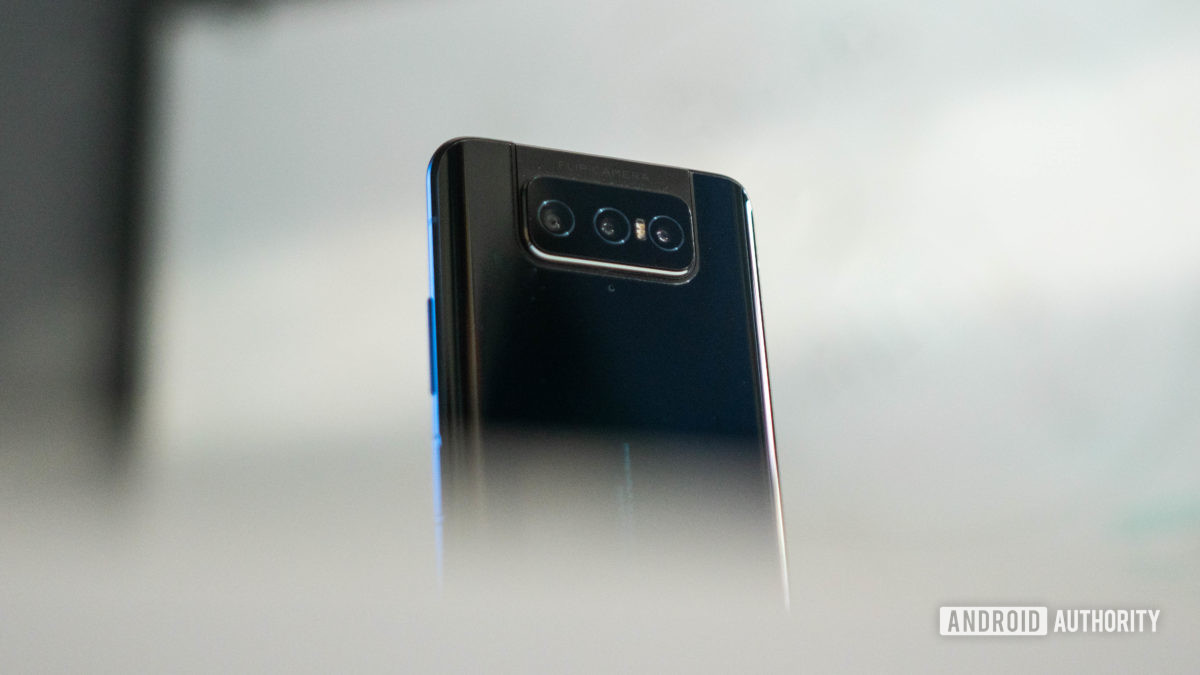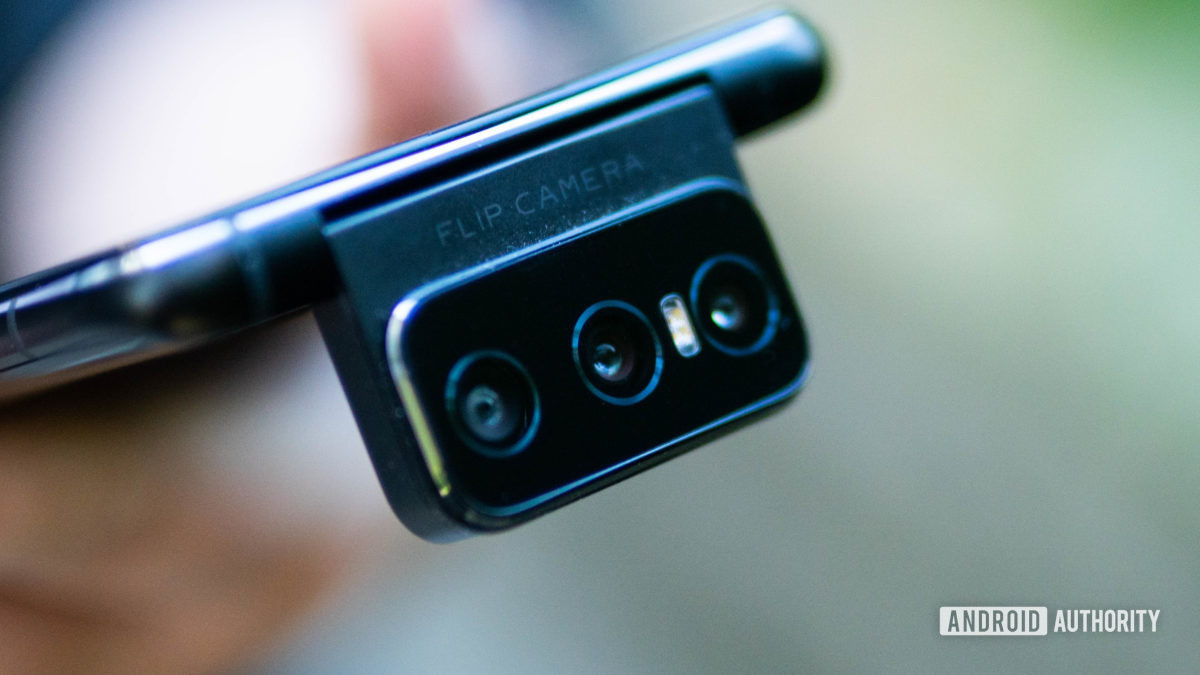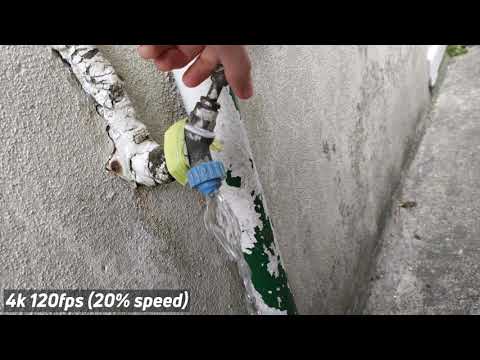
Slow-motion video, when done right, can be awesome. The Asus Zenfone 7 Pro understands just how awesome slo-mo video can be.
Up until the past decade, capturing slow-motion video required large, heavy, and expensive cameras. However, smartphones have had slow-motion capabilities for a few years. Heck, some recent Huawei devices can shoot 7680fps video — albeit with a hefty quality drop. The caveat is that as frame rates rise, quality usually falls. This drop in quality can come in many forms — resolution, reduced field of view, frame interpolation, and high compression.
A typical smartphone can shoot 720p slow-motion at 120fps. A flagship may be able to shoot 1080p at 240fps, and 720p at 960fps. If you want to shoot Ultra HD 4K, you’re normally stuck with 60fps, even on the highest-end smartphones.
The Zenfone 7 Pro can shoot 4K video at up to 120fps — and it’s awesome.
Our verdict: Asus Zenfone 7 Pro review
How does it perform?
Above is some slow-motion video footage captured on the Asus Zenfone 7 Pro. Let’s take a bit of a closer look at the set of clips in the order that they appear in the video.
First off, I shot a video of me practicing football freestyle. The lighting is rather challenging, as it’s shaded under tall walls and fences, with harsh sunlight peeking through the trees. The footage looks sharp with accurate color and consistent exposure. There is a bit of noise towards the right-hand side of the photo where the light drops, but for slow-motion footage, this is impressively detailed and sharp.
Next, I kicked some sand on a beach to push the Zenfone 7 Pro’s detail-resolving ability. You can easily see individual grains of sand flying up off the beach. In this clip, the phone had to expose for the very harsh sunlight. As a result, my shorts and shoes are almost crushed. There is still detail in the fabric of both, but not much.
This slow-motion footage is impressively detailed and sharp.
In a general swooping shot of the beach, you can make out the seagulls and the ripples in the sand. Highlights haven’t disappeared in the sky either. You can still make out the clouds, and there’s even some detail and color in the factory and its surrounding trees in the distance. This was the most challenging clip to capture because of the immense dynamic range. Yet, the Zenfone still managed it. Very impressive!
Next, I dropped an SD card on my desk while hand-holding the phone. This is low-ish light, so you can see some noise and noise-reduction artifacts in the desk pad and SD card itself. Since the shutter speed has to come down to allow for more light intake, the slow-motion isn’t as crisp.
In the following couple of clips of water pouring from taps, the videos are sharp, but the phone isn’t able to capture footage fast enough to make the water look clear. 120fps isn’t quite enough but switching to faster frame rates results in much worse-looking footage. This lower-resolution footage is more akin to what we’re used to seeing from other smartphones, and while adequate, isn’t nearly as impressive.
Want to check out the full-quality slow-motion clips yourself? You can find them in this Google Drive folder.
Zenfone 7 Pro: Taking slo-mo video to the next level

It’s surprising to see such an advanced feature from a niche €799 device when so many more expensive phones don’t have it. We picked up on this feature drop when the phone launched. After some usage during the review period, we decided to take a deeper dive and push it to its limits.
The Ultra HD 4K 120fps slow motion is a continuous shooting mode, not a burst. This means that you’re not left scrambling to hit record at the right time. I took a 25-minute Ultra HD 4K 120fps video and while the phone got hot, it didn’t get uncomfortably hot and didn’t shut down.
Typically, you’re more likely to shoot shorter slow-motion videos, since the final product will be slowed down. I shot in a variety of conditions including daylight, low light, outdoors, indoors, handheld, and on a tripod.
Data-rate is a crucial element to video quality. Usually, the higher the data-rate, the bigger the files, and the clearer the image. Since the Zenfone 7 Pro comes with 256GB storage, the former shouldn’t be an issue. The Zenfone 7 Pro shoots ~120mbps footage which is very high for typical smartphone video which tends to be around 50-80mbps. This high data-rate video means that the slow-motion files are very clear and crisp considering they came from a smartphone.
You can slow down the 120fps slow-motion footage using the phone’s Gallery app. This is handy for posting the slowed-down video to social media. By default, the footage is unconfirmed. This means that if you upload it to a PC, you get the full-resolution and full-length real-time clip with audio, which you can slow down to match a project’s frame rate. However, it must be mentioned that this mode locks you into using the primary camera.
Asus’ quirky camera phone knows how awesome slow-motion video can be.
Overall, the Zenfone 7 Pro takes good quality 120fps slow-motion videos at Ultra HD 4K resolution. The footage is sharp and there’s a surprising amount of dynamic range at this frame rate. The phone is putting in some serious work to get the footage looking this usable. It’s some of the best continuous 120fps slow-motion footage that we’ve seen from any smartphone — captured in 4K to boot.
With Samsung, Apple, Google, Huawei, and many other smartphone brands capping slow-motion at 1080p, Asus’ quirky camera phone is offering something a little extra for those that want to experiment with slo-mo movies without buying a fancy DSLR.

